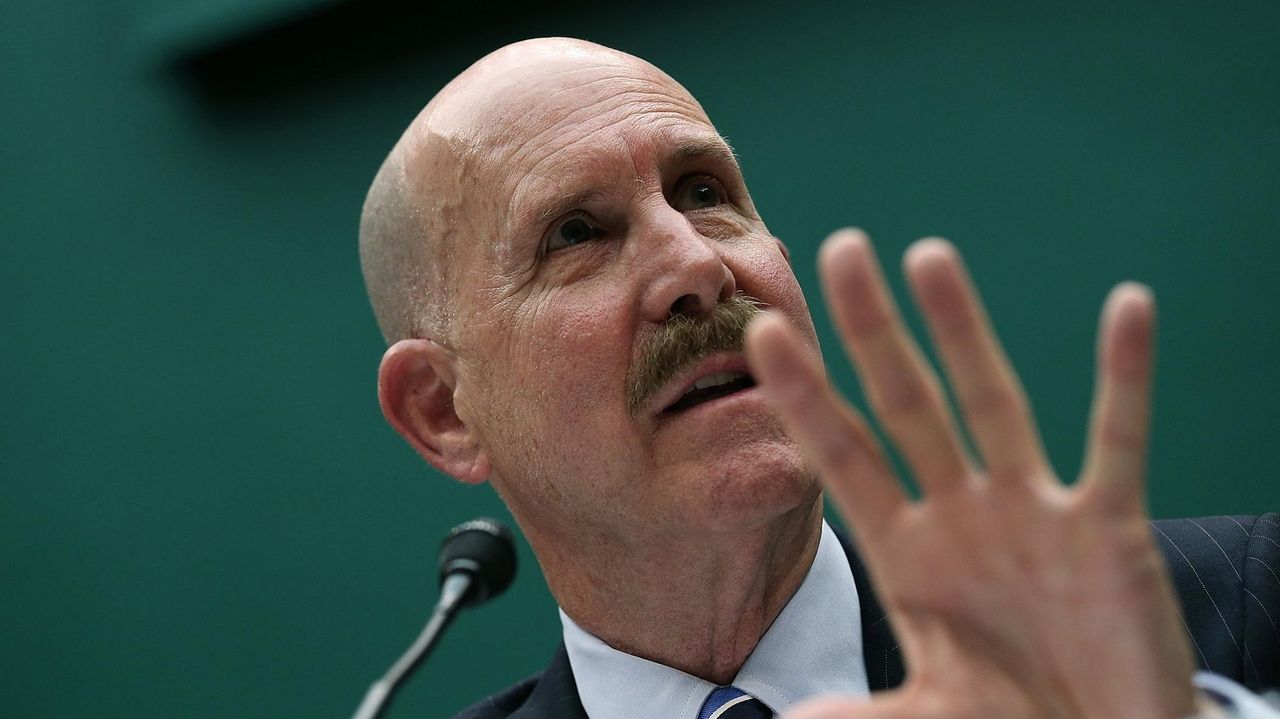Dramatic Reversal: WTC Health Program Chief Reinstated After Congressional Backlash

In a sweeping administrative restructuring, John Howard found himself among the approximately 10,000 Department of Health and Human Services employees whose positions were abruptly eliminated during the Trump administration. The massive workforce reduction sent shockwaves through the federal agency, dramatically reshaping its operational landscape and leaving many dedicated public servants like Howard facing unexpected career transitions.
The widespread job cuts represented a significant downsizing effort that fundamentally altered the department's structure and workforce composition. For Howard and thousands of his colleagues, the sudden elimination of their positions marked a challenging and uncertain period, highlighting the profound impact of administrative policy changes on government employment.
